Energy-efficient devices, next-generation telescopes, and sustainable paint from beetle scales Understand article
Science in School is published by EIROforum, a collaboration between eight of Europe’s largest intergovernmental scientific research organisations (EIROs). This article reviews some of the latest news from the EIROs.
CERN: Turning technology into applications
Technologies developed for the Large Hadron Collider (LHC) have many applications outside the world of high-energy physics. One example is pixel-sensor chips, which are used in detectors at the LHC to track the paths of electrically charged particles. In the late 1990s, scientists realised that they could adapt the chips for use in medical imaging – and so the ‘Medipix2’ chip was born. A recent symposium at CERN commemorated the two decades since the Medipix2 collaboration was established in 1999. Over the past 20 years, the chips have evolved, thanks to the Medipix and subsequent Timepix collaborations.
The chips have been used in a variety of applications, both within medicine and beyond – from measuring radiation exposure to spotting forgeries in the art world. Timepix chips have been used on board the International Space Station since 2012 to measure the radiation dose that astronauts are exposed to, and the Medipix3 chip was recently used to confirm the authenticity of an alleged Van Gogh painting.
Learn more about the Medipix and Timepix chips on the CERN website.
The CERN laboratory sits astride the Franco-Swiss border near Geneva, Switzerland. It is the world’s largest particle physics laboratory.
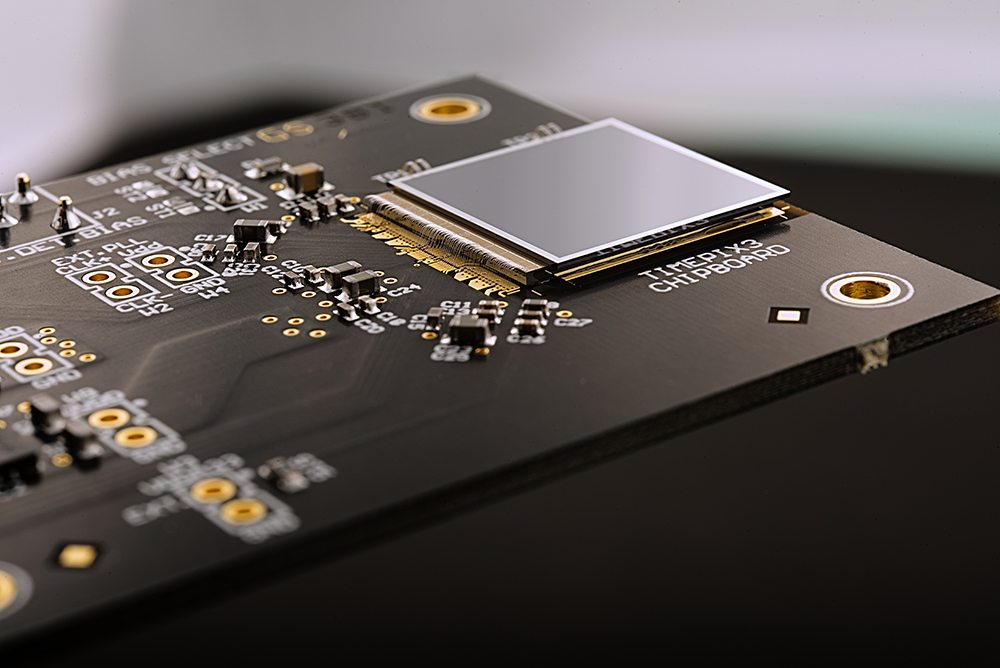
CERN
EMBL: Putting science learning on the map
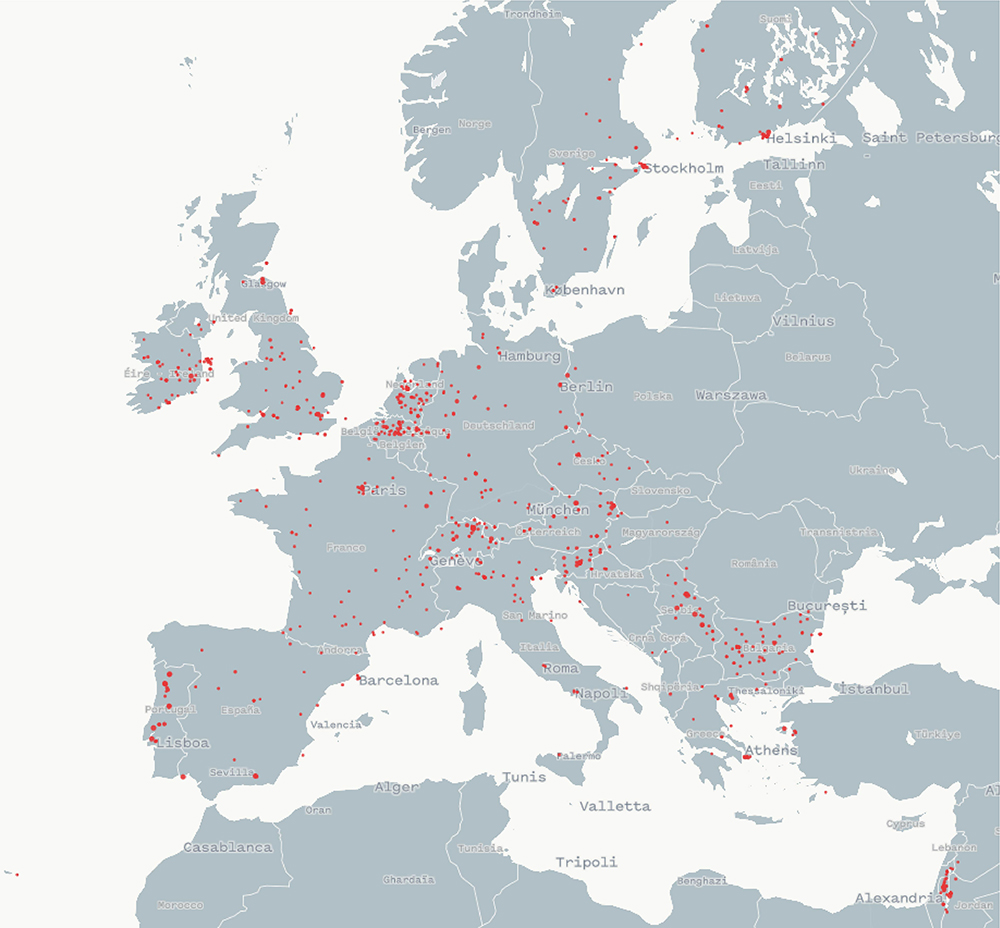
dot represents an
organisation that offers out-
of-classroom STEAM learning
activities. Click on image to
enlarge.
SySTEM2020
Engaging with activities and experiences outside the school classroom is an important aspect of a student’s development. To enable students to better access such experiences within the realm of STEAM (science, technology, engineering, arts and mathematics), the European Molecular Biology Laboratory (EMBL) is on a mission to map STEAM initiatives as part of the European project SySTEM 2020.
The project aims to assess the impact of science learning outside the classroom. So far, SySTEM 2020 has brought together 20 organisations across 22 European countries, adding over 2200 entries to the map. As well as allowing users to find STEAM activities across Europe, the information gathered from the project will be used in research that could ultimately influence education policy at both regional and European levels.
Learn more about the SySTEM 2020 project on the project website, and find the interactive map of out-of-classroom STEAM learning activities across Europe.
EMBL is Europe’s leading laboratory for basic research in molecular biology, with its headquarters in Heidelberg, Germany.
ESA: How to characterise an exoplanet
Exoplanet science is a rapidly evolving field (see also this article). Since the first discovery of an exoplanet orbiting a Sun-like star in 1995, over 4000 exoplanets have been detected. The European Space Agency (ESA) is now carrying out its next endeavour in this field: the Characterising Exoplanet Satellite (CHEOPS) mission, which was scheduled to launch in mid-December 2019.
CHEOPS will observe bright, nearby stars that are already known to host exoplanets. The aim of the mission is to characterise some of these alien worlds, focusing on exoplanets with sizes between those of Earth and Neptune. The satellite uses ‘ultra-high-precision transit photometry’ to measure precisely the diameter of the exoplanet. This information, combined with existing measurements of the exoplanet’s mass, gives the bulk density of the planet, which in turn sets constraints on its composition and internal structure. This will indicate, for example, if a planet is predominantly rocky or gassy or perhaps has oceans.
This first-step characterisation provides key insights into the formation and evolution of these small planets – a critical step in our search for life beyond our Solar System.
Find out more about CHEOPS and receive mission updates by visiting the ESA website.
ESA is Europe’s gateway to space, with its headquarters in Paris, France.
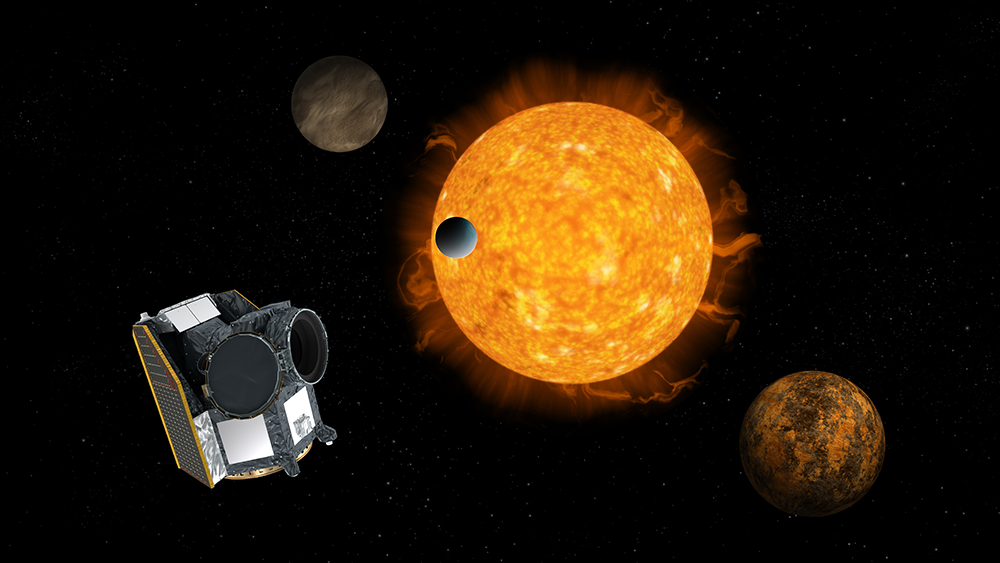
ESA/ATG MediaLab
ESO: Construction of the ELT starts on solid ground
Scientists all over the world are waiting eagerly for the next generation of telescopes to be built. Currently, the largest ground-based telescopes can collect 1.5 million times more light than the human eye and are capable of observing very dim and faraway objects in the Universe. However, their resolution is not high enough to find Earth-like exoplanets or to provide insights into the origins of the Universe. To overcome this challenge, larger telescopes with bigger mirrors are now under construction. They will be able to collect more light and produce higher-resolution images.
One such telescope is the Extremely Large Telescope (ELT) from the European Southern Observatory (ESO). Construction is now underway for the foundation of the telescope. Eighteen of the 798 segments for the primary mirror – which will combine to form a mirror 39 m in diameter – have been produced so far and are now at the polishing stage. The ELT, which is scheduled to be completed in 2025, will be the biggest telescope on Earth.
Learn more about the ELT on the ESO website.
ESO is the foremost intergovernmental astronomy organisation in Europe and the world’s most productive ground-based astronomical observatory, with its headquarters in Garching, near Munich in Germany, and its telescopes in Chile.
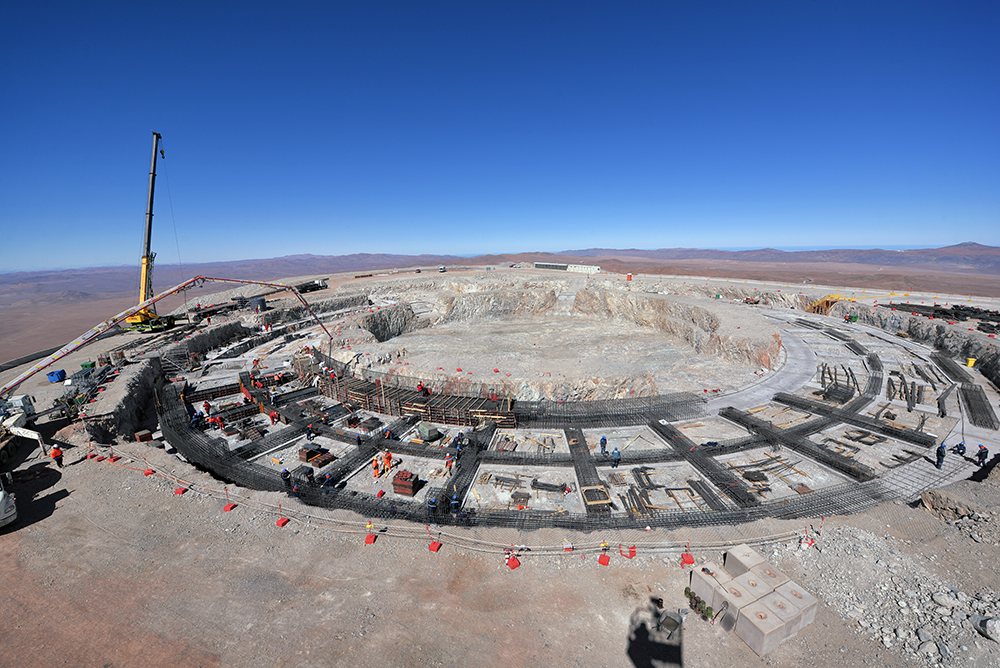
ESO
ESRF: Beetle scales may be key to creating sustainable paint
The scales of the Cyphochilus beetle are one of the brightest white substances found in nature. Until now, the reason for their ultra-white appearance was not known, but recent X-ray experiments performed at the European Synchrotron Radiation Facility (ESRF) have uncovered the answer.
Researchers from the University of Sheffield, UK, used the X-ray imaging facilities at ESRF to show that it is the scales’ internal nanostructure – and not pigments or dyes – that creates this ultra-white colouring. The scales have the right proportion of empty spaces in a highly interconnected nano-network, and these spaces optimise the scattering of light – creating the ultra-white appearance.
The team managed to recreate the scales’ structure in the laboratory with a polymer, which could be used to create white paints in the future. Such products could provide a sustainable alternative to the titanium dioxide used in conventional white paint, which is harmful to the environment.
Read more about this study on the ESRF website.
Situated in Grenoble, France, ESRF operates the most powerful synchrotron radiation source in Europe.

Andy Parnell/Wikimedia Commons, CC BY-SA 4.0
EUROfusion: “Why fusion?”
EUROfusion’s magazine,
Fusion in Europe
EUROfusion
Scientists estimate that, if all goes well, fusion power will start feeding into the electrical grid sometime after 2060. Given that many people alive today will not witness fusion electricity within their lifetimes, why should we continue to invest money and physicists’ time into researching and realising fusion power? To explore the answer, EUROfusion’s magazine Fusion in Europe reached out to policy makers, students, teachers, fusion researchers and the general public to ask the question, “Why fusion?”
They received a symphony of answers, which voiced support for pursuing fusion research. The benefit of fusion research, and the promise of fusion energy – even if decades away – will be worth the investment. A collection of responses was featured in the summer issue of Fusion in Europe, and EUROfusion hopes to continue gathering more opinions and perspectives on the topic through an online survey.
Give your thoughts on “Why fusion?” by answering the EUROfusion survey.
Read Fusion in Europe on the EUROfusion website.
EUROfusion manages and funds European fusion research activities, with the aim to realise fusion electricity. The consortium comprises 30 members from 26 European Union countries as well as Switzerland and Ukraine.
European XFEL: World’s fastest soft X-ray camera installed
The X-ray flashes produced at the European X-ray Free-Electron Laser (European XFEL) facility allow researchers to study a variety of samples at the atomic level. The X-rays are fired at a sample to produce a distinctive pattern that is recorded by a detector. The flashes arrive in quick succession, with a time difference of 220 nanoseconds, so the detector takes many images one after another – allowing scientists to monitor high-speed molecular processes.
European XFEL recently installed and tested a new X-ray detector specifically designed for the facility’s soft X-ray instruments, which use low-energy, long-wavelength X-rays. At full capacity, the new DSSC detector can acquire images at a rate of 4.5 million images per second, making use of each X-ray flash. This makes the DSSC the fastest soft X-ray detector in the world, enabling ultrafast studies of atomic structure at the nanoscale.
Find out more about the DSSC detector on the European XFEL website.
European XFEL is a research facility in the Hamburg area of Germany. Its extremely intense X-ray flashes are used by researchers from all over the world.
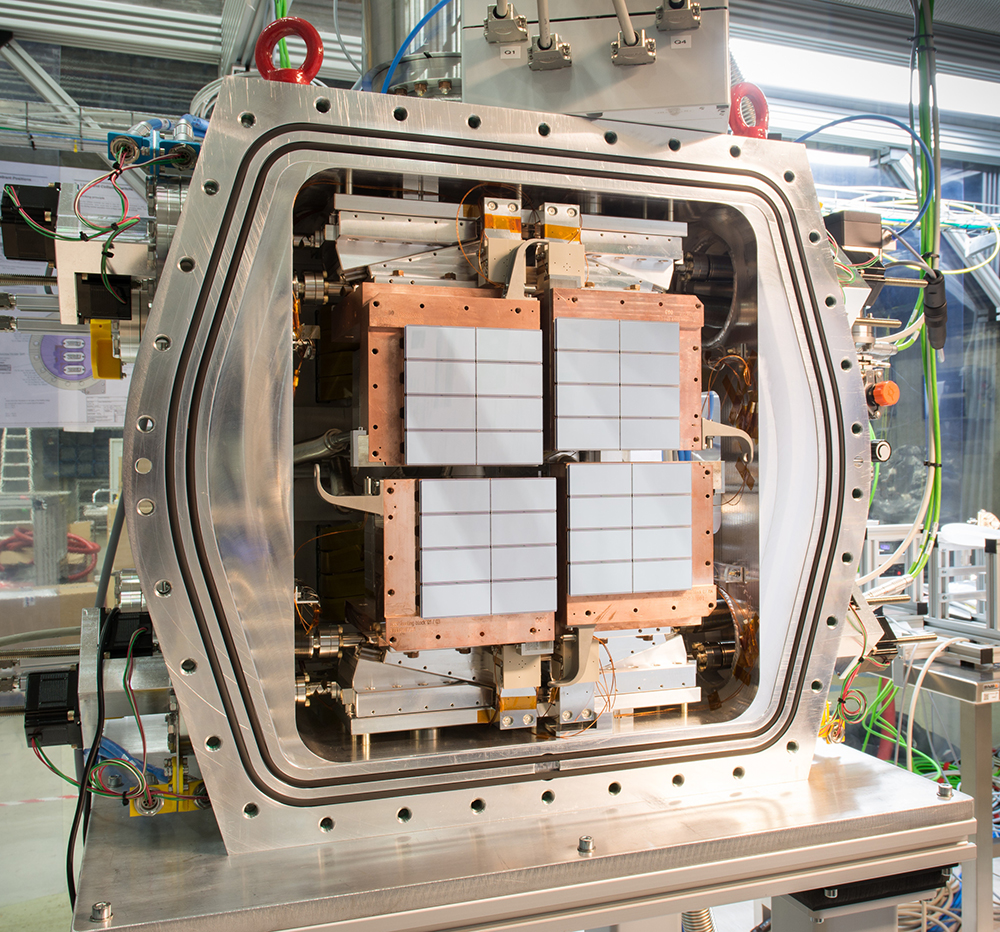
Karsten Hansen/DESY
ILL: Meeting the need for energy-efficient devices
Scientists are constantly searching for new materials to help create more energy-efficient electrical devices. One such class of materials is oxide-ion conductors – solid oxides that contain highly mobile oxide ions. To better understand the properties of these conductors, scientists from the Institut Laue-Langevin (ILL) and Durham University, UK, recently used neutron scattering techniques to observe their oxide-ion dynamics at the atomic level.
One of the most promising applications of oxide-ion conductors is in solid oxide fuel cells (SOFCs). These devices convert chemical energy to electricity without creating environmentally harmful by-products. The main disadvantage of conductors currently used in SOFCs is that achieving the necessary level of conductivity requires very high temperatures (750–800°C). There is, however, one oxide-ion conductor with remarkable conductivity at relatively low temperatures: bismuth vanadate.
By studying bismuth vanadate at the atomic scale, the researchers revealed that two main mechanisms contribute to its conductivity. Using these insights, the scientists can find ways to chemically modify bismuth vanadate, as well as other similar conductors, to improve their properties further.
Learn more about the study on the ILL website.
Based in Grenoble, France, ILL is an international research centre at the leading edge of neutron science and technology.
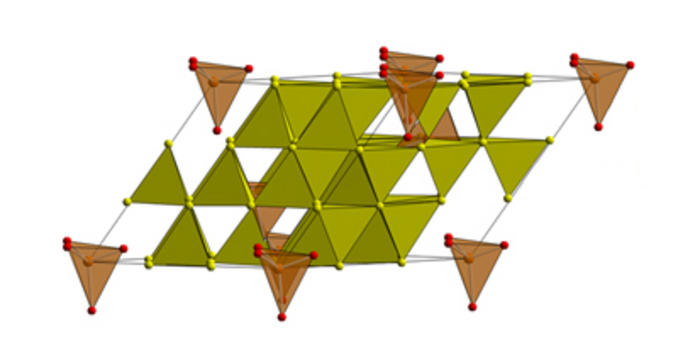
ILL
EIROforum
EIROforum combines the resources, facilities and expertise of its member organisations to support European science in reaching its full potential.
To learn more, see also the list of EIROforum-related articles in Science in School or browse the other EIRO news articles.






